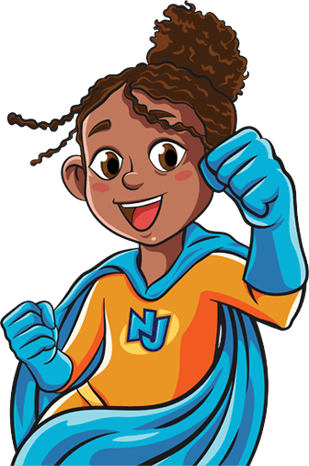Children and adults with craniofacial abnormalities should be seen at multi-disciplinary, craniofacial team centers. The NJ Craniofacial Team at Goryeb provides comprehensive care for children and support for their families. For scheduling an appointment with the Craniofacial Team, please call 973-326-9000.
Infants, children and adolescents with congenital or acquired craniofacial disorders often have complex medical and surgical problems involving facial appearance, feeding, swallowing, hearing, ear infections, speech and breathing, dental and oromaxillofacial development. These all affect the psychosocial development of the child. These children require innovative, cross-disciplinary care. Our team of specialists collaborates to provide each patient and their family, individualized, short and long-term care plans for the best medical treatment possible.
Please read through our glossary of terms, to become familiar with many of the conditions and syndromes that we have successfully treated by the NJ Craniofacial Center Team.
Craniofacial disorders can be congenital or acquired. They can be limited to the skull vault (above the eyes and ears), the skull base (at the level of the eyes and ears), or the face. The skull vault, base and face may be involved in a mild fashion, or they may be severely affected. Whatever the case may be, we have taken care of newborns, infants and children with the most severe craniofacial disorders, and many of them…if you saw them on the street…you would not know that they ever had surgery.

Your pediatrician may note positional deformity of the baby’s skull at well-baby visits, but craniofacial deformity is often noted by family members. Most infants with craniofacial abnormalities are healthy, happy and well babies. Often the facial asymmetry is seen by the infant’s parents. Often, if diagnosed early, subtle abnormalities can be treated with just physical therapy and re-positioning. Infants diagnosed with craniofacial or cervical (neck) problems, before 6 months of age, often respond well to re-positioning, stretching and pediatric physical therapy. There are many excellent pediatric physical that are very familiar with craniofacial abnormalities, such as torticollis and plagiocephaly. Babies who regain good neck control and full range of cervical motion often correct their own skull and facial asymmetry, without cranial molding orthotics or helmets. However, in severe cases of skull asymmetry, cranial helmets are used to reshape an infant’s skull. These plastic orthotics are individually created by either scanning or casting of the baby’s head.

To schedule a private consultation with NJ Craniofacial Center, please call our office or request an appointment online. We look forward to your visit.
131 Madison Avenue, Third Floor, Morristown, NJ 07960